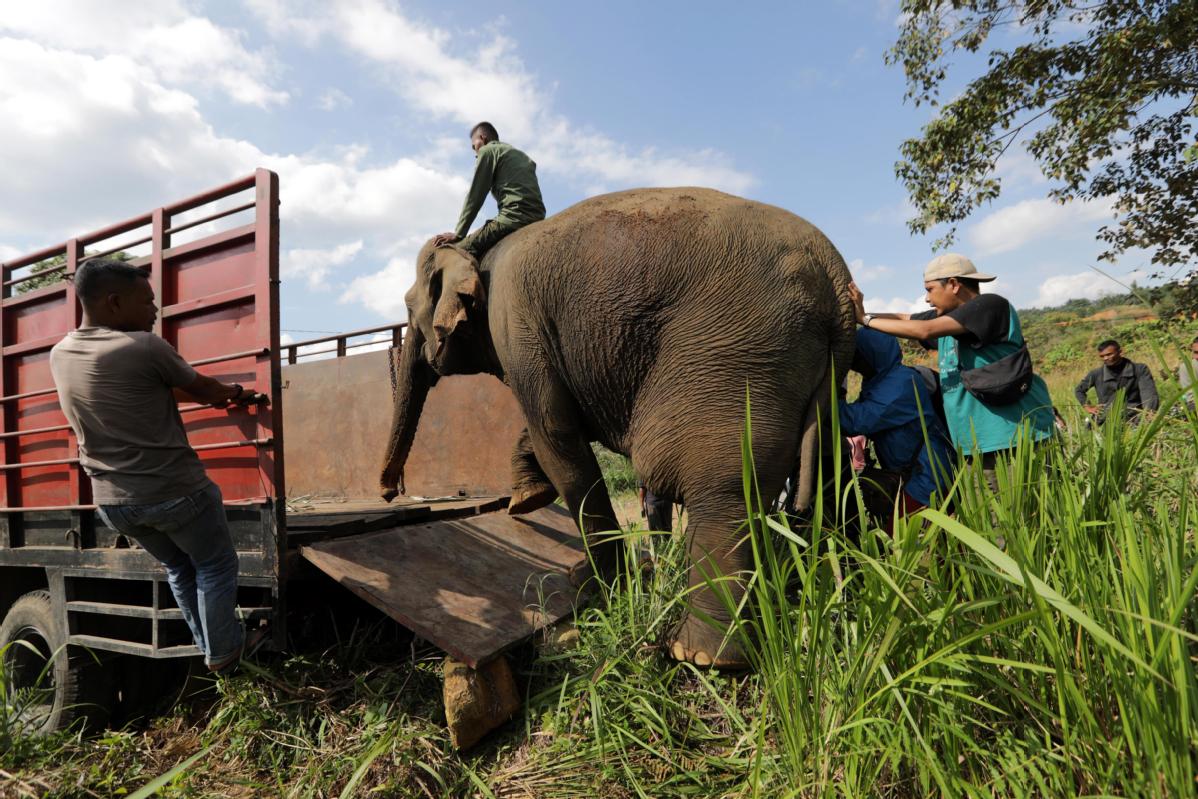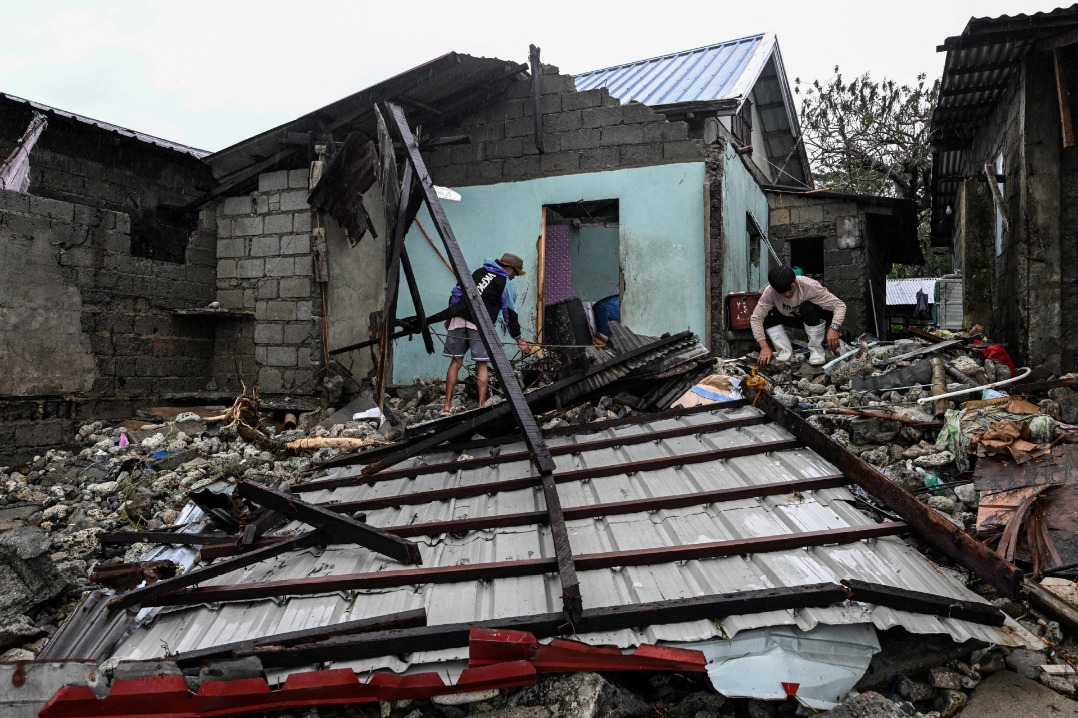Southeast Asia steps up biodiversity policy


Deforestation, urbanization among factors which put many species at risk
Southeast Asian countries will need to incorporate biodiversity issues in their policy programs to arrest the loss of the region's natural resources including the wild flora and fauna, according to insiders.
Theresa Mundita Lim, executive director of the ASEAN Center for Biodiversity, said mainstreaming biodiversity policies is one of the commitments that member countries of the Association of Southeast Asian Nations made under the Aichi Biodiversity Targets to be achieved by 2020.
Southeast Asian countries are among the 194 signatories to the United Nations Convention on Biological Diversity which was drafted in Tokyo on 2010. The Aichi Targets were named after Japan's Aichi prefecture, and signatories have pledged to 20 biodiversity conservation goals including preventing the extinction of threatened species and stopping deforestation.
The parties to the convention will meet again in 2020 in China to assess the progress made in hitting the targets.
Lim said the ASEAN has made some headway in meeting its targets. Biodiversity was also a focal point at the July 8-12 meeting of ASEAN Senior Officials on the Environment in Bangkok and a governing board meeting of the biodiversity center.
She also cited the adoption in June, at the 34th ASEAN Summit, of the Chiang Mai Statement of ASEAN Ministers Responsible for CITES and Wildlife Enforcement on Illegal Wildlife Trade. CITES is the Convention on International Trade in Endangered Species of Wild Fauna and Flora.
The moves show that ASEAN leaders have recognized the transboundary nature of the illegal wildlife trade, how it threatens the region's biodiversity, and the need for regional action.
Lim said ASEAN member states have also established national parks and nature reserves to protect their natural ecosystems.
But while the ASEAN has made some gains, Lim said most members of the regional bloc have a problem with "biodiversity accounting".
"It's difficult to calculate the benefit of something that is non-tangible. The (cost of biodiversity loss) can't be quantified by an economist," she said.
According to the Center for Biodiversity, Southeast Asia covers only 3 percent of the world's total land area but is home to 18 percent of the global flora and fauna.
Indonesia, Malaysia and the Philippines are three of the six countries bordering the Coral Triangle-home to 75 percent of the world's reef-building corals. More than 20 percent of global fisheries are in ASEAN waters, and its seas are a breeding ground for more than 200 species of fish.
But deforestation, urbanization, intensive agriculture and illegal wildlife trade have put these biological resources at risk.
The Switzerland-based International Union for Conservation of Nature, or IUCN, said Southeast Asia and Oceania lost 385,000 square kilometers of forest cover between 1990 and 2010.
Southeast Asian countries are also the biggest "hot spots" for global biodiversity, according to a research paper by scientists working with Australia's University of Queensland and the Wildlife Conservation Society. The paper was published by scientific journal PLOS Biology in March.
'Hot spots'
The hot spots are areas where plant and animal species are most affected by threats such as agriculture and urbanization.
The endangered Malayan tiger best illustrates the state of biodiversity loss in Southeast Asia. The IUCN has included this species on the critically endangered list, with conservationists estimating there are now roughly 250 Malayan tigers. Their numbers reduced by habitat loss, poaching and illegal trade.
"The loss of the tiger is just (one) indication of the overall deterioration of the planet. There are many others, but this one is hard to ignore," said Kae Kawanishi, general manager of the Malaysian Conservation Alliance for Tigers.
Lim of the Center for Biodiversity acknowledged that several animal and plant species are endangered, revealing the gaps in the region's biodiversity conservation.
But she remains optimistic, noting the "rediscovery" of some animal species. One of these is the Philippine tamaraw, the country's biggest endemic land-based mammal.
The tamaraw, a species of buffalo, is classified by the IUCN as critically endangered. It is estimated there are about 300 tamaraws left in the Philippines, most of them in the northern province of Occidental Mindoro.






























